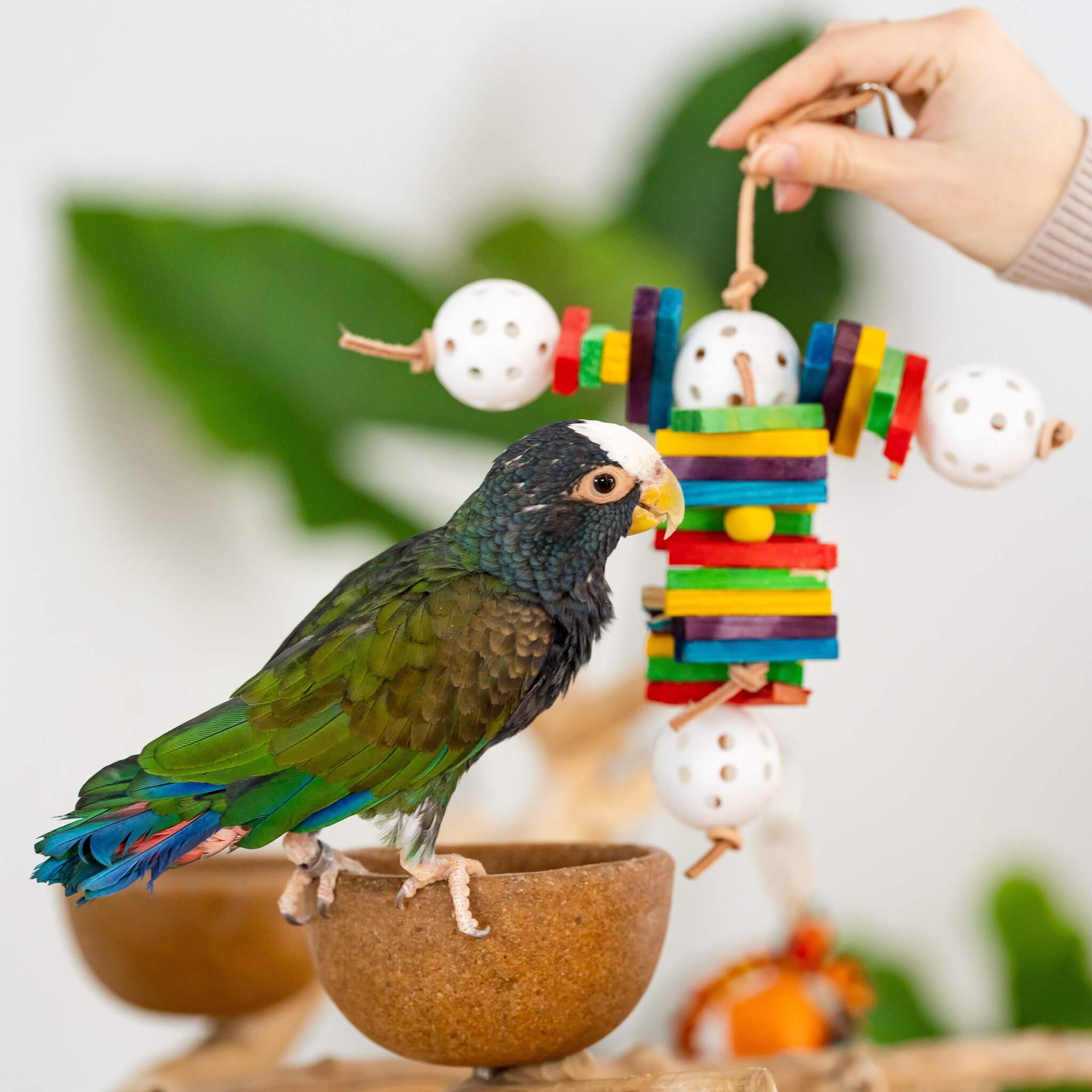I have always been a bird lover. Growing up, my family had several pet birds, each with their own vibrant personality. From the cheerful chirps of canaries to the playful antics of parakeets, these feathered companions brought so much joy into our lives. However, as much as I adored having them around, I soon realized that providing a safe home environment for our avian friends was essential.

Unfortunately, many people underestimate the importance of creating a safe space for pet birds. Some may assume that birds can adapt to any environment or that their pet’s cage alone is enough to keep them out of harm’s way. But the truth is, birds are curious creatures with specific needs that we must address to ensure their safety.
Before bringing a pet bird into your home, it’s crucial to understand the potential dangers that lurk within our human spaces. Here are some key aspects to consider when creating a safe environment for your feathered friend.
1. Selecting the Right Cage:
Choosing the right cage is paramount. Firstly, ensure that the bars are appropriately spaced, preventing your bird from squeezing its head or feet through them. Avoid cages with toxic materials like lead or zinc, as birds may chew on these and ingest harmful substances. Additionally, opt for a cage with multiple perches at varying levels to encourage exercise and movement.
2. Location, Location, Location:
Deciding where to place your bird’s cage requires careful consideration. Birds are social creatures and thrive in the company of their human family. Place the cage in a busy area of the house, such as the living room or kitchen, where your bird can observe daily activities and feel included. However, avoid placing the cage near windows or drafty areas, as extreme temperatures and sudden changes can be detrimental to their health.
3. Avoid Toxic Substances:
Birds are highly sensitive to toxins, so it’s crucial to eliminate potential dangers from their environment. Avoid using aerosols, scented candles, or cleaning products with strong fumes near your bird’s cage. Also, be mindful of plants that could be toxic if ingested by your feathered friend. Research bird-safe plants and remove any potentially harmful ones from your home.
4. Maintaining Optimal Air Quality:
Clean air is vital for your bird’s respiratory health. Make sure to keep the air in your home fresh by opening windows regularly, using air purifiers, and avoiding smoking indoors. However, be cautious when using fans or air conditioning, as overly strong drafts can cause a chill or respiratory issues for your bird.
5. Provide Engaging Toys and Enrichment:
Birds are intelligent and require mental stimulation to thrive. Offering a variety of toys, puzzles, and foraging opportunities will keep them entertained and prevent boredom. Ensure that the toys are made from non-toxic materials and regularly rotate them to maintain your bird’s interest. Additionally, spending quality time interacting with your pet bird through training, play, and socialization is crucial for their emotional well-being.
6. Watch Out for Hazards:
Our homes can be laden with hidden dangers for our feathered companions. Keep an eye out for open windows or doors that your bird could accidentally fly through. Beware of ceiling fans, as flying birds can be seriously injured if they get caught in the blades. Cover any exposed wires or cords to prevent your curious bird from nibbling on them, which could lead to electrocution.
7. Monitoring Temperature and Humidity:
Birds are extremely sensitive to temperature fluctuations, so maintaining a consistent environment is vital. Avoid exposing your bird to extreme heat or cold. A stable temperature between 65-85 degrees Fahrenheit is ideal for most species. Additionally, monitor humidity levels and invest in a humidifier or mister to ensure that the air is not too dry, especially during winter months.
8. Pet-proofing the House:
Just like with any other pet, ensure that your bird-friendly area is secure. Safely tuck away any toxic household cleaners, medicines, or other hazardous substances that could harm your bird. Be cautious of open balconies, doors, or windows that your bird could escape through. Lastly, be mindful of other pets in your home and make sure they are trained to be gentle and respectful towards your bird.
Creating a safe home environment for your pet bird requires thoughtful planning and attention to details. By considering these essential factors, we can provide our feathered friends with the security, stimulation, and love they need to thrive. Remember, our pets are more than just beautiful creatures, they are cherished members of our families. Let’s do everything in our power to give them the best life possible.

